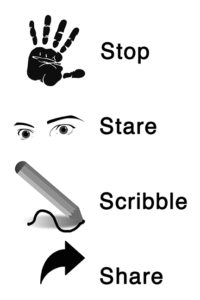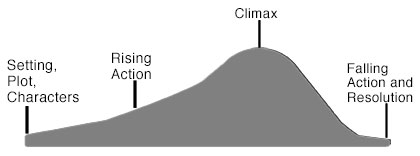pp.58-59
by Joan Wink
Published by Libraries Unlimited/ABCLIO
Copyright © 2018 by Joan Wink
Haven (2014, p. 60) probably captures the magic of storytelling best when he says, “There are only three rules for creating great stories … unfortunately, nobody knows what any of them are,” even though he has written over 25 books (Haven 2007, 2014), filled with many details and great suggestions for how to tell good stories. One primary concept, which I took from reading his work, is to create your story first; do not worry about writing it. Tell it. Tell it into a smartphone, again and again. Many of my stories in this book have been created first by telling them in my classes. Gradually, each time I told and retold a story, I added a tiny new detail or omitted one little part, which did seem to fit or make sense to others.

Many ways exist for developing storytellers. I suspect that if you want to do it, you will find a way, as many helpful suggestions exist in Haven (2007; 2011) and on the web. Later, in Chapter Four, we will look at another way, which is used by GLAD®. I believe it is helpful to think about your own purpose and the time you will need to advance your own idea and implementation. I value reading and reflection as a route to storytelling.
In addition, I believe we need models; when we watch/listen to others, it is an opportunity to learn, and as you model storytelling, others will learn from you. In addition, I find it helpful for future storytellers to think about a somewhat predictable pattern (flow of the story), which often exists. We often begin with setting, plot, and characters grounded in our premise, theme, exposition, and/or question; following this initial part of a story, we go right to rising action, as a conflict emerges, and finally we build to the climax of the story. As we move to the final part of our story, the action begins to fall, and we seek resolution (see Figure 2.6).







